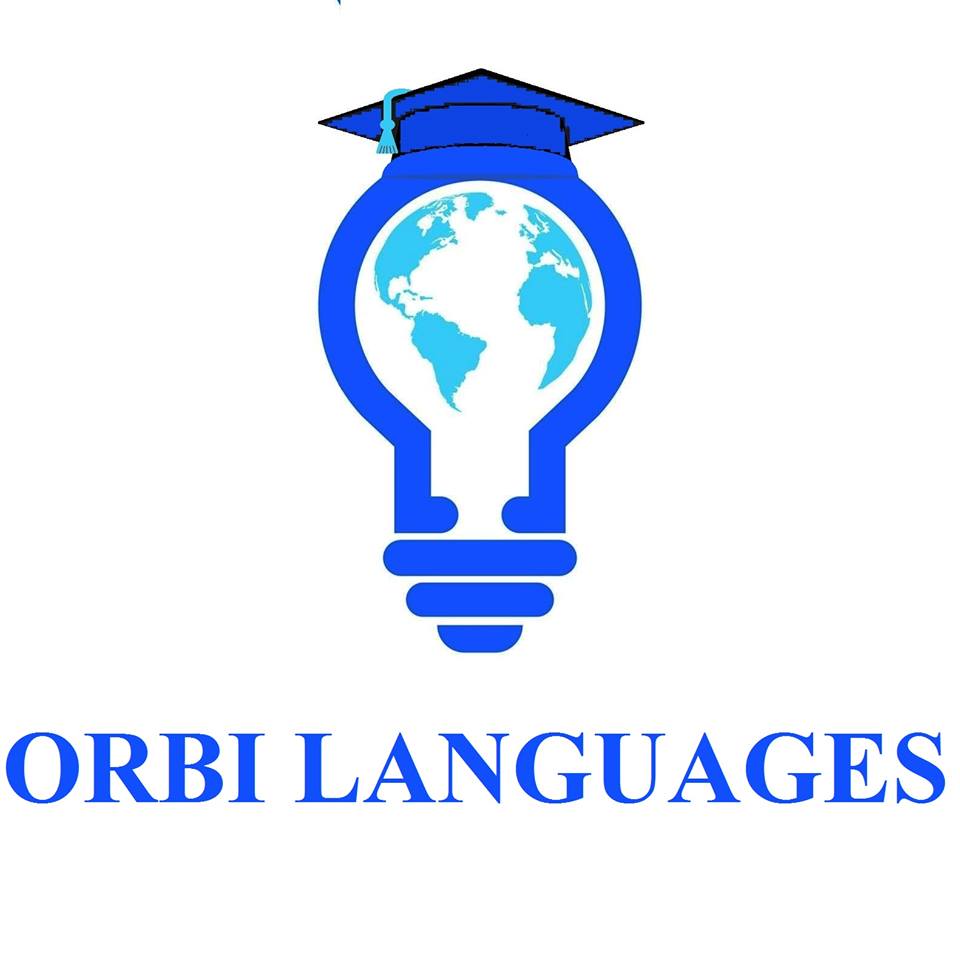Matt Austin ’16 knows the power of an education. After a tumultuous youth punctuated by the painful divorce of his parents, money troubles, and the deaths of two close friends during high school, the Syracuse, NY, native felt stymied and directionless. “I just stopped going to school,” he says. After reluctantly enrolling in — and quickly failing out of — community college, he moved to North Carolina to work in construction with his brother.
“I was making minimum wage; I had no health insurance; I was struggling to pay rent. And I eventually just had an epiphany,” Austin says. “You just know that life won’t get any better if you don’t do something. It was about, ‘What can I do to change my life?’ It was always getting an education.”
From that day on, Austin excelled in school and ultimately landed jobs in accounting and banking before attending Columbia Business School. “If I didn’t have education to fall back on, life would’ve been much different,” he says. “I [want] to show people how powerful education is.”
“I [want] to show people how powerful education is.” —Matt Austin ’16
So when Austin learned about Columbia’s Center for Public Research and Leadership (CPRL), he was quick to get involved. Founded in 2011 as a joint partnership between the Business School, Law School, and Teachers College, CPRL aims to better the pre-K–12 public education system by creating a pipeline of highly trained leaders into the industry — a need that is only growing, with education nonprofit EdFuel estimating that there will be a talent gap of 32,000 mid- and senior-level school administrators in US urban areas in just six years. In fact, since its inception CPRL has expanded to include students not only from Columbia but also from two dozen professional schools at 12 universities.
Through one intensive semester, CPRL participants gain a background in the education sector, are trained in consulting skills, and are then assembled into multidisciplinary teams, where they work on real-world consulting projects assisting public and nonprofit educational institutions to solve management issues and put solid organizational processes in place. CPRL charges for the consulting services — enough to support the program — and it’s a win-win for all involved: clients get professional-grade consulting support at a fraction of the market rate for a top-tier consultancy while students glean valuable experiential learning opportunities and make great industry contacts.
 CPRL students come from roughly 25 graduate and professional schools, including Columbia Business School, Law School, and Teachers College.
CPRL students come from roughly 25 graduate and professional schools, including Columbia Business School, Law School, and Teachers College.
The mastermind behind CPRL is Jim Liebman, the Simon H. Rifkind Professor of Law at Columbia Law School and founding director of the center. Liebman came up with the idea for CPRL after seeing the benefits of good management on public-school outcomes first-hand. From 2006 to 2009, while on leave from Columbia, he led the New York City Department of Education’s Division of Accountability and Achievement Resources, which implemented practices aimed at breaking down the “really old-fashioned, command-and-control bureaucracy” that often dictates public school management and replacing it with a more transparent, customized, goal-oriented approach. During those years, the school district saw test scores, graduation percentages, and college-attendance rates rise — in some cases by 15 or 20 percent, Liebman says.
“It wasn’t changes in curriculum. It was the steps made to improve management and to improve transparency in outcomes,” he says.
Good management within the US public school system has been a challenge for years. First and foremost, the system is large and unwieldy. The National Center for Education Statistics (NCES) estimates that 50.4 million students enrolled in US public schools in the fall of 2016, with the system employing about 3.1 million full-time teachers in more than 98,300 public schools spread across 13,500 districts — all funded by a government budget of over $584 billion. Further complicating matters, most school administrators, particularly at the district level and above, have no training or experience managing such a sizable and complicated network.
 Jim Liebman founded CPRL in 2011.
Jim Liebman founded CPRL in 2011.
“There is not a well-established process for generating the kinds of skills that people need at the management level. Many of the people who run [these] organizations began as teachers and some as principals,” explains Liebman. “They are gifted educators, but they are not necessarily gifted managers or trained as managers.”
As a result, many school administrators are in over their heads, and the effect of this skills shortfall trickles down into the classroom through issues like lack of transparency, unclear goals, and poor motivation. While high school graduation rates have risen since the 1990s, NCES estimates that 18 percent of public school students still don’t graduate in four years, with high school drop-out rates among 16- to 24-year-olds hovering at 6.5 percent. “A prominent factor is actually a feeling on the part of the educators and the students that they can’t improve — that they’re stuck and that there’s something else beyond their control that is preventing them from improving,” Liebman says.
 More than 70 percent of CPRL participants now serve education and allied organizations.
More than 70 percent of CPRL participants now serve education and allied organizations.
CPRL aims to provide the industry with exactly the management talent it needs. From the beginning, the program was multidisciplinary to encourage the best, most robust solutions. “I was blind to just how much goes into making a change in that sector,” says Austin, who is now a senior associate at venture capital firm Khosla Ventures. His team gave organizational and governance support to a school district in New Jersey in a period of transition, helping it draft new bylaws and new interview protocols, for example. “With my background, I was very much entrenched in financial services and that type of mentality. At CPRL, I felt like I was getting these different perspectives from people who have a wide range of experience. I felt like everyone brought something to the table that was different and made you say, ‘Wow, I didn’t think of it like that.’”
CPRL grad Stacey Wang ’11, now a partner at national nonprofit Transcend Education, agrees. “You don’t know what you don’t know. Having the interdisciplinary approach was extremely helpful in understanding that,” she says. Wang’s team worked with the New York City Department of Education to help the organization shift from being mostly reactive to more proactive and strategic when it comes to solving system challenges, and to help it move more efficiently for better change management.
“With education being kind of regulatory heavy, being able to partner with the Law School was really important to understand what the nuances were and whether the national versus state district policies play a role,” she says. “Having the [Teachers College] folks, who have more expertise on the instruction side and different models of how schools are effective, [was also helpful]. The Business School was really interesting to also be part of the conversation, [as we were] thinking about large-system management.”
 CPRL students work in multidisciplinary teams on real-world consulting projects.
CPRL students work in multidisciplinary teams on real-world consulting projects.
Thus far, CPRL participants have completed more than 100 consulting projects and prepared 300-plus students, with over 70 percent of graduates now serving education and allied organizations.
“It opened my eyes to how many really smart people are going into public education and how much you could really be challenged by the work itself,” says Appy Patankar ’16, now a strategy consultant for a division of PwC. Her CPRL team worked with a medium-sized urban school district that had been under state control and was transitioning back to managing itself; she and her peers helped the district identify appropriate metrics for success and then develop a score card to track progress. “I think you don’t realize that this is a viable post-MBA career path, that people are taking it, and that you could be just as challenged there as you would be taking a more traditional path out of business school.”
“I think you don’t realize that this is a viable post-MBA career path, that people are taking it, and that you could be just as challenged there as you would be taking a more traditional path out of business school.” —Appy Patankar ’16
The success of CPRL at Columbia has drawn interest from around the country, and Liebman says CPRL has formed a partnership with Stanford University to replicate the program there. “They now have law, business, and education students working together,” he says of Stanford, noting that the West Coast university has plans to partner with other schools in the region to allow their students to enroll as well.
“We do believe that there is a market for this,” Liebman says. “Once you start being attentive to what your goals are and how effectively you’re meeting them, … you start to realize that there are things that you can affect. I think that’s the biggest [impact of a program like CPRL]: going from a situation where there’s this total lack of confidence about the ability to effect change and replacing it with the experience of actually bringing about change.”
Source: Columbia Business




 CPRL students come from roughly 25 graduate and professional schools, including Columbia Business School, Law School, and Teachers College.
CPRL students come from roughly 25 graduate and professional schools, including Columbia Business School, Law School, and Teachers College. Jim Liebman founded CPRL in 2011.
Jim Liebman founded CPRL in 2011. More than 70 percent of CPRL participants now serve education and allied organizations.
More than 70 percent of CPRL participants now serve education and allied organizations. CPRL students work in multidisciplinary teams on real-world consulting projects.
CPRL students work in multidisciplinary teams on real-world consulting projects.





